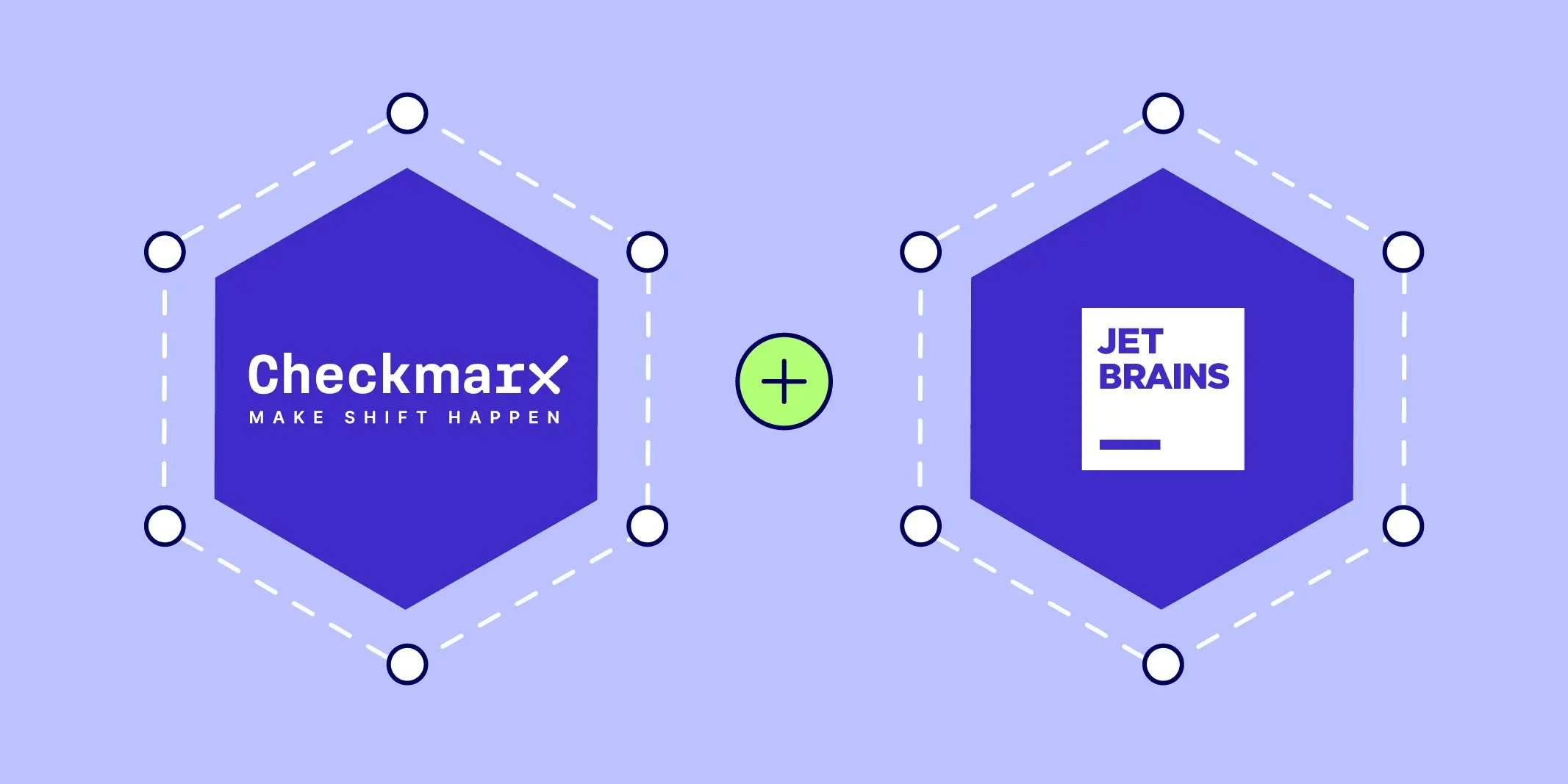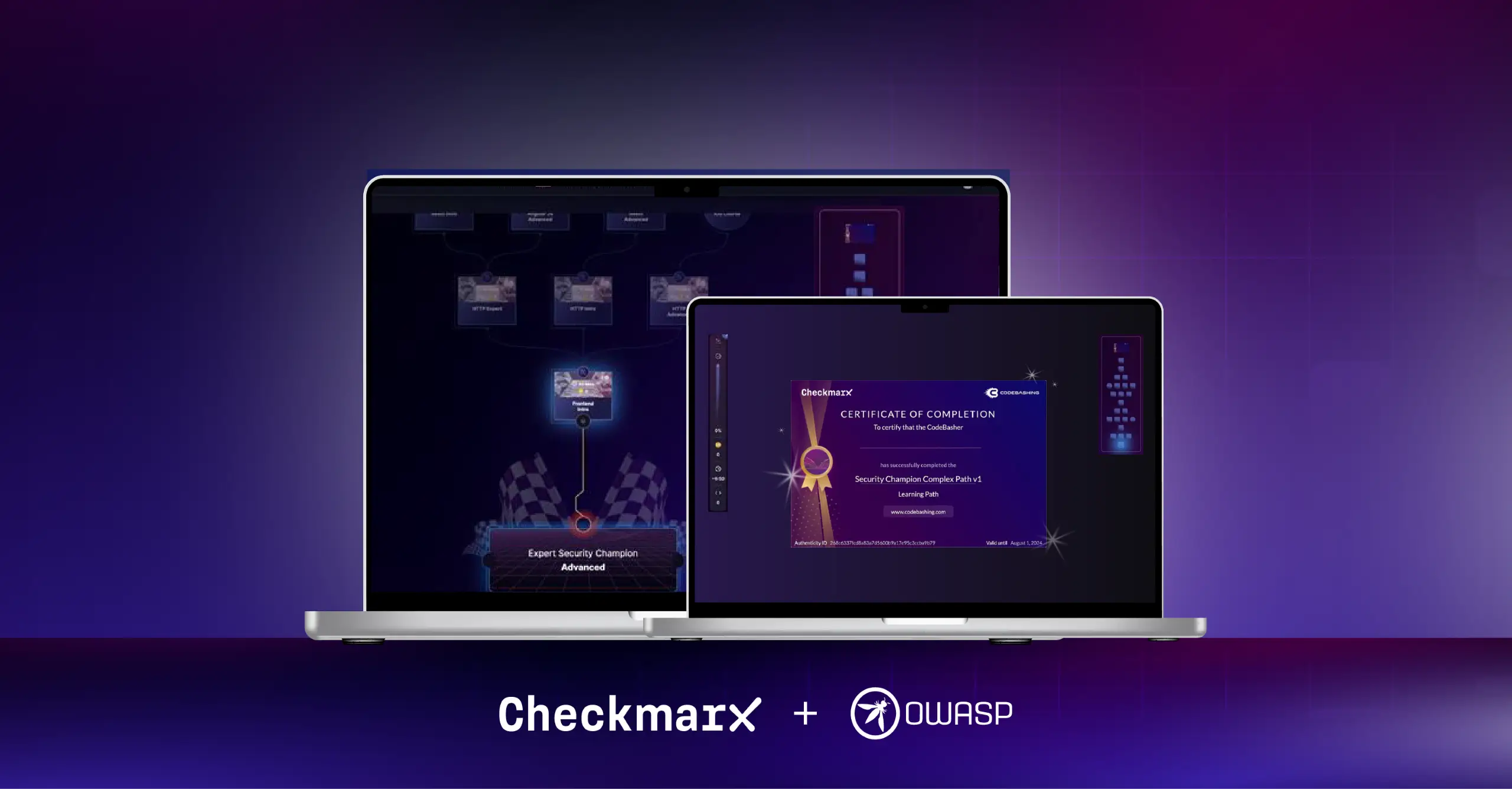
Most developers today are using open source libraries and open source software (OSS) has become integral to software development to facilitate the rapid evolution of application development. Its use is prolific and widespread. According to analysts, open source software makes up 80% of the average code base. However, OSS brings inherent risks such as vulnerabilities, license non-compliance, and security threats.
There are thousands of popular OSS libraries being utilized to deliver great code. Keen not to waste cycles of time and to implement cost savings, developers use these libraries so they can avoid writing code from scratch. But is OSS secure enough for enterprise software development and how should inherent OSS risks be addressed?
open source vulnerabilities explained
While OSS is beneficial because it’s flexible and enables innovation, the challenge is no single organization is accountable for OSS vulnerabilities. OSS code is created by developers, often as part of a community-driven project through which ideas and contributions are shared, and it sits in repositories like GitHub. GitHub alone hosts more than 100M repositories, with development teams trying to manually track their OSS dependencies. There are contributors who are actively invested in improving OSS code and detecting and mitigating vulnerabilities, but no one has responsibility or control over these libraries.
If left unaddressed, OSS vulnerabilities can be exploited, leaving sensitive data exposed to a possible breach. These OSS vulnerabilities can allow attackers to gain unauthorized access to systems, steal sensitive information, or cause damage to software and systems. The Log4J vulnerability is one of the most severe and well-documented open source vulnerabilities that affected a vast number of systems and applications worldwide.
Layered onto this are complex license requirements which can jeopardize intellectual property and result in legal issues. Updating libraries can put an unnecessary burden on already stretched security teams and often OSS projects lack stringent security practices, posing additional threats to the business.
Software Composition Analysis (SCA) has emerged as a critical tool to mitigate and remedy all these risks, ensuring the safe and compliant use of OSS components. SCA detects and identifies open source or third-party components within an application and provides detailed risk metrics and remedies, matching these with known OSS vulnerabilities, potential license conflicts, and any outdated libraries.
How does SCA address OSS security Vulnerabilities?
SCA tools are designed to scan codebases for OSS components and containers, identifying vulnerabilities and ensuring license compliance. SCA provides visibility into the software supply chain, highlighting potential security and legal risks. An effective open source vulnerability scanner provides vulnerability detection and mitigation, as well as license compliance checks. It ensures adherence to OSS licensing requirements and generates automated alerts to notify teams of potential risks in real-time.
Benefits of Implementing SCA
Implementing SCA into software development brings numerous advantages. By identifying and addressing OSS vulnerabilities, SCA tools strengthen and enhance software security. SCA enables compliance management, helping organizations to maintain legal compliance with open source licenses. SCA contributes to reducing and remediating the overall OSS risk in software projects.
It is important to understand that even if software is tested and no open source vulnerabilities are detected, new vulnerabilities may be discovered at some point in the future which affect a component version previously thought to be secure. It is therefore an evolving risk that must be continuously managed. While one version of a component may be secure, a new version may introduce vulnerabilities.
Any enterprise organization that intends to use OSS components must have a way of analyzing the composition of their software to ensure the components they’re using are safe and licensed appropriately. To do this properly, SCA is a critical resource.
Integrating SCA into the software development lifecycle
As mentioned, to be truly effective SCA tools should be integrated into the software development lifecycle (SDLC) for continuous monitoring. Application testing is part of the development process, and developers should review not only their development environment, but also the SDLC, and DevOps practices, evaluating how these critical technologies have been integrated as part of the overall process. The development team shouldn’t wait until the security testing phase to identify vulnerable OSS components within their software. Developers should use SCA software during the entire process, not afterwards.
Today, SCA has evolved across the whole of application security testing (AST), with some SCA tools integrating and correlating data with SAST solutions to better assess exploitability and examine if vulnerable components are being used by the application.
What must an SCA solution deliver?
Ultimately an SCA solution must be able to accurately detect and remedy OSS components and component versions in use within software. It should provide insight into vulnerabilities associated with those components and component versions, as well as any licenses that may apply to them. SCA must provide actionable OSS risk insight and remediation guidance, allowing organizations to configure and enforce policies against the analysis results. Additionally, SCA should integrate with tools that the organization is using in its SDLC or CI/CD pipelines and deliver insight and results to relevant people, in the format that is most helpful to them.
Open source components are not going to disappear any time soon. Organizations therefore need to use SCA as part of their software security strategy to detect and remedy source code vulnerabilities. The key to implementing SCA successfully is to select a solution that can be integrated with software development tools, that supports internal and external standards for risk tolerance and compliance, and that gets detailed insight promptly into the hands of the people who need it.
Our Checkmarx SCA scan enables organizations to avoid security issues in open source code, while freeing developers to scale their production efforts. Checkmarx SCA addresses these issues by providing accurate, relevant and actionable OSS risk insight, backed by a dedicated open source security research team and seamlessly integrated throughout the SDLC.
If you are interested in finding out more about Checkmarx Source Code Scanner and Checkmarx SCA scan visit: https://checkmarx.com/cxsca-open-source-scanning/ or Click here to download our eBook: The ultimate Guide to Software Composition Analysis.
Alternatively download our resource: Software Composition Analysis: What to look for in a solution https://checkmarx.com/resources/vidyard-all-players-5/software-composition-analysis-what-to-look-for-in-a-solution/





